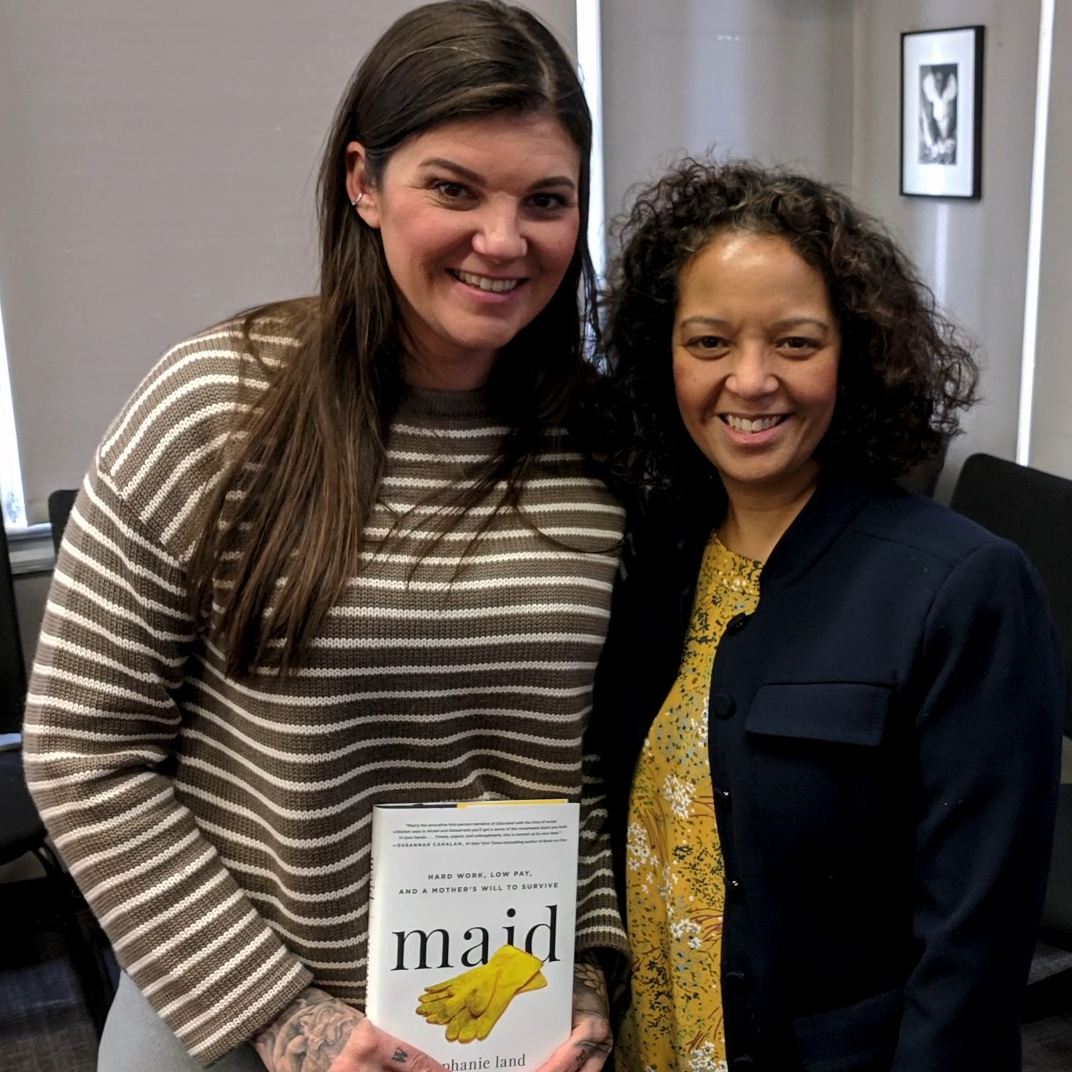My lack of exercise and therapy is actually not due to insufficient access. I live one block away from a gym with a low, monthly, no-obligation membership fee, and two blocks from my older daughter’s therapist, whom she sees regularly. But I have a debilitating medical condition called scoliosis, and I can’t afford the regular massages and chiropractic care that I would need to treat it. The pain at night is so great, it leaves me exhausted. And that in turn leads me to slump into a depressed state, worried that I’ve taken on too much as a single mother, that my life is too much for me to handle. Then the mom guilt starts to set in. “Am I a good mother if I don’t have the energy to deal with taking them to special events?” “Am I a good mother if I only take them to the park but don’t play with them?”
Whenever I talk to friends about this, they have a lot of suggestions, ranging from “Go get a massage” to “Have you called that therapist I suggested yet?” But these activities are too indulgent, too expensive. They require child care, and if I have child care available, then I need to work. End of discussion.
There was a time not too long ago when my mind and body could rest. When my older daughter was younger, she refused to nap unless I took her for a drive. At times, I’d pull up to a scenic view, and in the era before smartphones, would sit and read a book, or close my eyes and listen to the radio.
For people living in poverty, those small breaks make a huge difference.
“We can take what I call mini-vacations,” says Cheryl Aguilar, a social worker who works mainly with low-income populations. “Mindfulness is free and within our reach. We can dedicate as little as 5 minutes a day to deep breathing.”
Aguilar says she even instructs her clients to carve out moments for self-care in their bathrooms.
“In our breathing exercises, we focus on our breath, inhaling slowly in and out through our nose. To this we can add visualization, imagining a place that brings us tranquility and peace as we deep breath in and out or a past happy memory. We can do a variation to our breathing exercises reciting positive affirmations about ourselves or reflecting on things that are going right in our lives,” she says.
Several organizations across the country are starting to realize the need for self-care among vulnerable populations. The San Francisco Public Library started a program where a social worker works with homeless clients to help them find food, housing, and mental health treatment. Nonprofits in Oregon and Mississippi offer free yoga classes to people who otherwise couldn’t afford them with the idea that breathing exercises and simple visualization techniques help reduce stress, anxiety and depression.
It’s not often that I find a chance to take a long shower, let alone a yoga class, and hygiene is arguably a very basic form of self-care. As I write this, I am wearing the clothes I slept in. I didn’t brush my teeth before bed because my toddler started crying last night and I fell asleep nursing her.
This is my life. I do what needs to get done without taking time to relax. I spend my time pushing through challenges, then collapsing at the end of the day. It’s time for me to turn to the little moments and think about self-care in those five-minute intervals. Maybe before I pick up my daughter from daycare, I will just sit in the park and breathe—before the dinner, bath, and bedtime chaos commences.
Stephanie Land is a writing fellow for the Center for Community Change.




